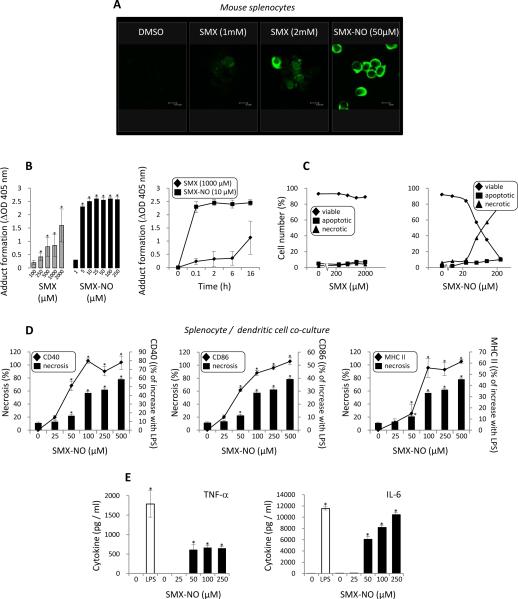Figure 3. SMX metabolite-mediated necrotic cell death provides a potent signal for dendritic cell co-stimulatory signalling and cytokine secretion.
SMX and SMX-NO treated mouse splenocyte were incubated in a co-culture system with dendritic cells prior to the analysis of co-stimulatory signalling and cytokine secretion. (A) Confocal microscopy imaging showing the formation of protein adducts when splenocytes were exposed to SMX and the protein reactive metabolite SMX-NO. Protein adducts were not detected in cells exposed to DMSO alone. (B) Concentration- and time-dependent protein adduct formation in SMX and SMX-NO treated splenocytes quantified by ELISA using a specific anti-SMX antibody. (C) Necrotic and apoptotic splenocyte death quantified by flow cytometry using AnnexinV/PI staining. (D) CD40, CD86 and MHC class II on dendritic cells cultured with SMX or SMX-NO treated splenocytes. Up-regulation of cell surface receptor expression is presented as the percentage of the increase with LPS over control. Graphical representations compare SMX-NO mediated necrotic cell death with up-regulation of co-stimulatory receptor expression. (G) Dendritic cell cytokine secretion measured using multiplex analysis following co-culture with SMX-NO modified splenocytes. Data are presented as mean±SD of at least 3 separate experiments. *significantly different from untreated cells; P < 0.05.

